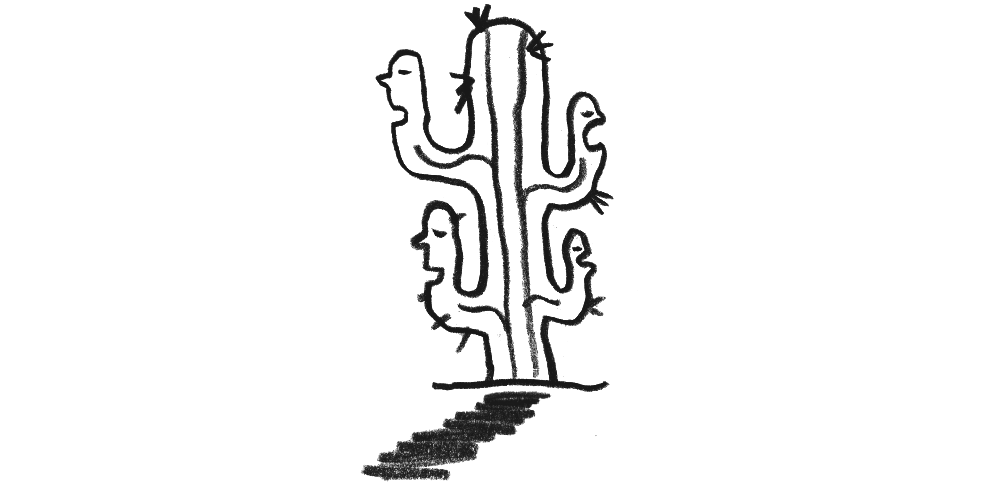A note on the Yellow Guide…
Since we published the Yellow Guide in 2020, Yellow has evolved.
Until 2024, Yellow was primarily an online cohort-based experience.
Today, Yellow is focused on physical, in-person events.
A new Yellow Guide will be published in due course to reflect this change.
For now, feel free to browse the Yellow Guide 1.0 below, which despite the changes still captures the essence of what Yellow is all about.
The Yellow Guide 1.0
Yellow is an alive approach to learning.
Read how Yellow began and the philosophy behind it.
Highlights
Here are a few highlights from the Yellow Guide 1.0.
Generative + re-generative.
By generative we mean creating (or 'generating') something that doesn't yet exist. By regenerative we mean that which refreshes and renews. It is learning that gives new life, or liveliness to ourselves, people around us, and our organisations.
The long thin room.
Good design will always take account of the size, shape and character of a physical space. If you have a long thin room, you design for a long thin room. The same is true for technology. We design for the technology that forms our virtual space.
Rolling design.
There is no scripted program. We pay close attention to what happens in each session, allowing that to influence what we do next. We do so within the conversations and gatherings themselves, but also between sessions and for the overall trajectory.
80/20 vs 20/80.
Usually, speakers spend 80% of the time they are given to explaining their material (of which they have plenty), and 20% to interaction or Q&A. We invert this equation. We spend 80% of the time actively engaged and no more than 20% to receiving stimulus.
Networks not experts.
Yellow can access a wealth of resources through networks. Our networks of people, plus the networks of our networks, make up our contributors. This is a vast range of possible inputs from different fields, which we can call upon as and when needed.
Stimulus to provoke.
Yellow is not focused on a single theme and is not organised by subject matter. We use a wide variety of stimuli to provoke responses. The stimuli are not limited to the intellectual or cognitive, but include bodywork, art, music, play, science, drawing, and more.
“Meanings cannot be dispensed. They cannot be given or handed out…. Meanings must be acquired; they are capta not data. We have to learn how to establish the conditions and opportunities that will enable [people], with their natural curiosity and appetite for meaning, to seize upon the appropriate clues and make sense of things for themselves....”
Matthew Lipman (1980)







